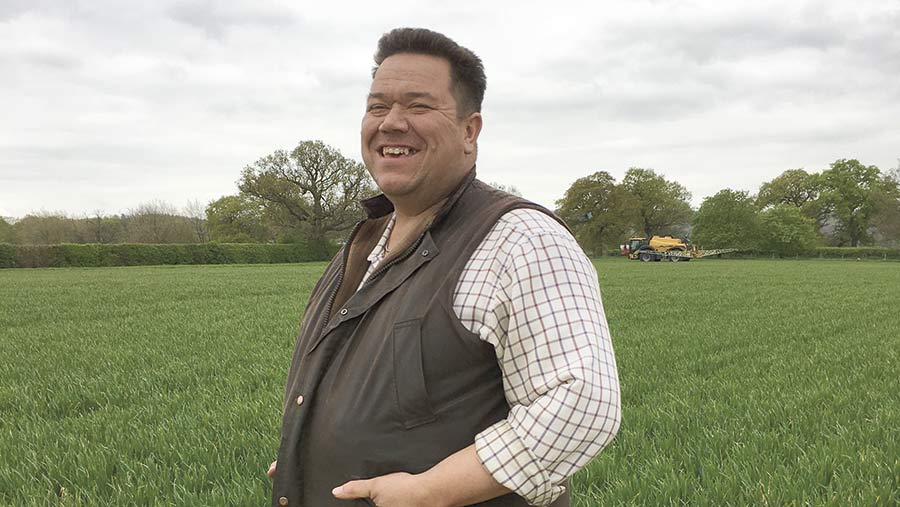Farmer Focus: Will I regret waiting to cultivate concrete soils?
 Keith Challen
Keith Challen The sooner we can get the next crop in the ground and put the 2018 crop behind us, the better.
A career low was reached this year with our oilseed rape yield. I’m not going to embarrass myself by printing the yield, but it’s hardly surprising, as it spent the early spring in waterlogged anaerobic conditions and the rest of the season suffering from the drought.
To make matters worse, blackgrass control was also average at best – again the wet, early spring encouraged some germination that went unchecked.
See also: Making no-till farming work in wet and dry conditions
Wheat yields are also down on previous years, with great variability. With crops coming out of dormancy two weeks late and coming to harvest three weeks early, we can hardly expect a bumper yield with a shorter growing season.
At the time of writing we are about two-thirds of the way through the wheat and seeing yields ranging from 7-10t/ha, with Graham the best first wheat and KWS Kerrin the best second.
Concrete soils
Our new Case IH axial-flow combine is performing well, with very positive comments from our neighbours, who are baling our straw. This firmly dismisses the old wife’s tale that rotary combines smash it up – it seems nothing could be further from the truth.
The new Quadtrac is also performing well, although it hasn’t been used in anger yet. Only our low-magnesium soils are fit enough to cultivate, all the high magnesium soils are still like concrete and wont get worked until we’ve had reasonable rainfall.
I see little point in wearing out metal or risking damage to the cultivator this early in the season, I hope this doesn’t become a decision I later regret.
Back in November we planted 3500 elders into near perfect conditions and they got off to a flying start.
They seemed to cope well with the wet start to the spring and put on more growth than usual, but elder have shallow horizontal growing roots and with heavy clays shrinking and cracking a lot of the roots have been sheared off, resulting in most of them unfortunately dying.

